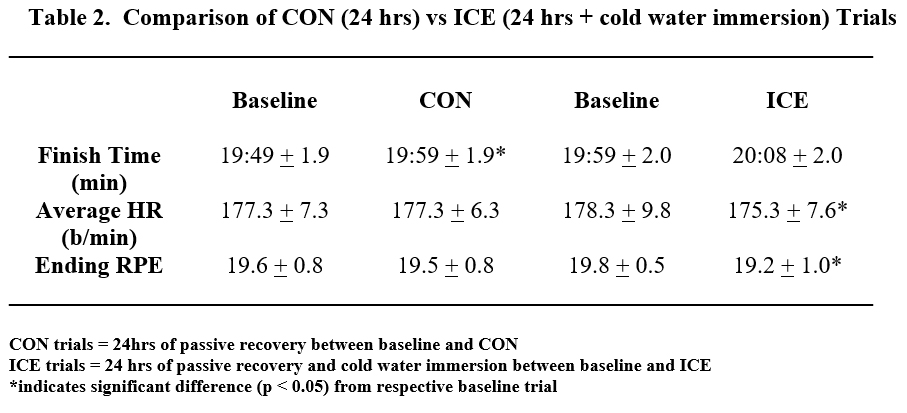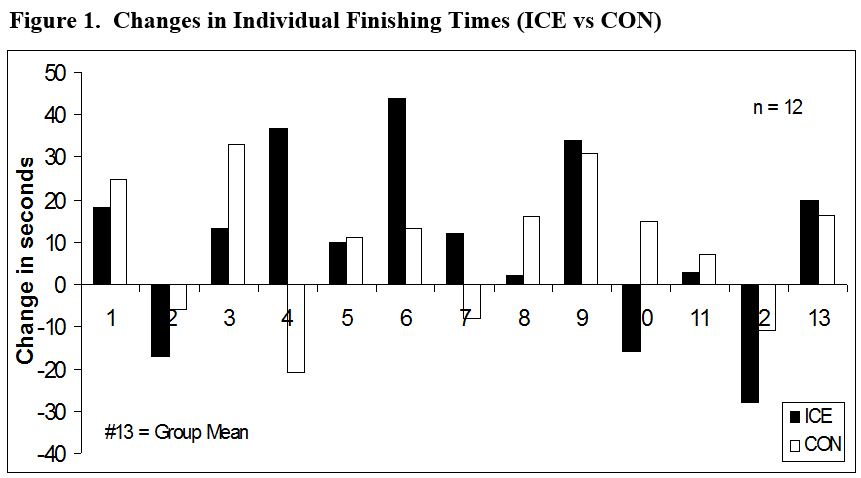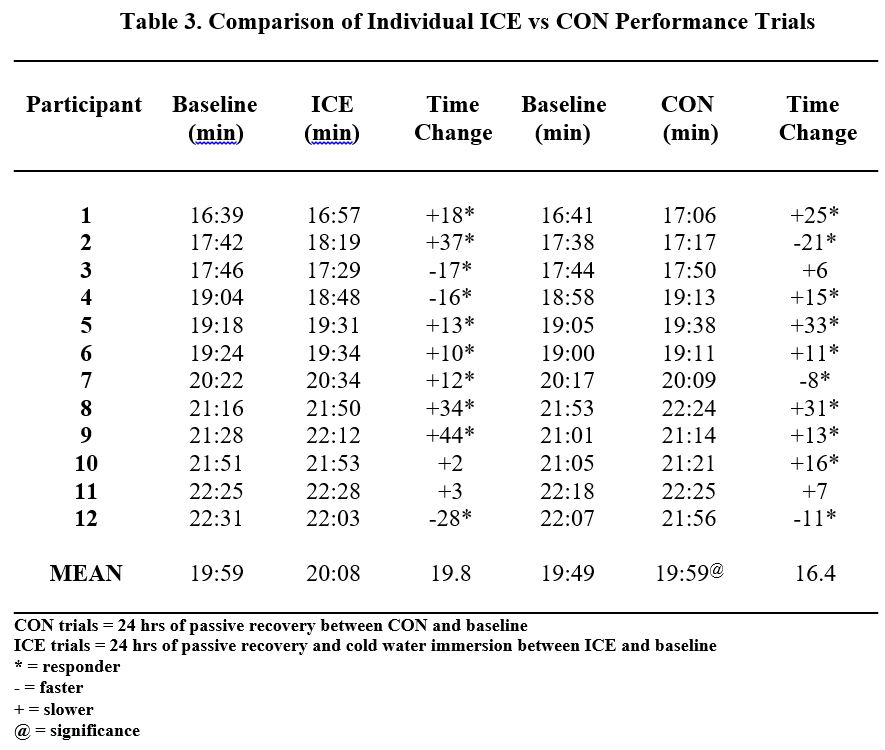Geographical Effects on College Bowl Games
Abstract
One of the most heated debates in all of college sports centers on the college football postseason. With the goal of creating the best structure for determining a national champion, some parties argue for playoffs, while others advocate that the current bowl system should remain in place. One part of the college football postseason that has been overlooked is the location of the games as a factor in potentially ameliorating the bowl system. Data were conducted to determine if geography gives certain teams advantages in bowl games. Statistical analysis showed that factors such as participant teams’ relative distances to the bowl sites and relative climates are significant in determining the outcomes of major college football bowl games.
Introduction
One of the many traditions of major college football is the unique conclusion to its season. Since 1902, when the forerunner to the Rose Bowl was played for the first time, a series of bowl games has marked the end of the college football season (Bauman, 2009). Unlike most of their other collegiate and professional sports counterparts, college football teams in the NCAA’s Division One Football Bowl Subdivision (formerly Division I-A) conclude each year with the chance to participate, not in a multi-round tournament, but in a bowl game (NCAA Championships, 2008).
In the past fifteen years, the college football bowl system has evolved into an imperfect compromise, balancing tradition with a growing desire to crown an undisputable national champion. The Bowl Championship Series, the most recent manifestation of the struggle between tradition and progress, emerged in the late 1990s. (BCS Background, 2008). At first, the Bowl Championship Series (BCS) consisted of four major bowl games – the Fiesta, Orange, Sugar, and Rose Bowls – with the two most highly ranked teams placed in one of those four games. A fifth BCS game, which was dubbed the BCS Championship Game, was added starting with the end of the 2006 season (Flanagan, 2008).
The BCS, while representing significant progress compared with its predecessors, has been unable to produce a true national champion on a consistent basis. This shortcoming is partially due to the fact that each team can play in a maximum of just one bowl game, as opposed to a multi-round tournament. If, for example, three schools have perfect records following the regular season, the BCS is capable of pairing only two of those three institutions in its “National Championship Game,” while the third school must compete in a different bowl game.
BCS controversy, while never completely dormant between 2005 and the present, returned with a vengeance in 2008 (Lopresti, 2008). Instead of having three undefeated teams vying for the chance to play for a national championship, the end of the 2008 regular season resulted in a top ten with no undefeated major conference teams, seven one-loss major conference teams, and two undefeated non-major conference teams. Three of these one-loss teams were from one particular conference, and only one received a chance to play in the national championship game, while another played in the Fiesta Bowl, and the third did not get an opportunity to play in a BCS game at all (Knight, 2009).
This debate has even become a political issue, as various politicians have spoken out in favor of a college football playoff system (Limon, 2009). As a result of this continued controversy, the increasingly popular solution to the championship problem is a playoff system, which could pit anywhere from four to sixteen teams in a single-elimination tournament. (Withers, 2008). Other collegiate and professional sports, including other collegiate football divisions and the National Football League, already employ such a format. While many agree that this would be a logical change, few have addressed the issue of where these playoff games would be played. That the proponents of maintaining the BCS system believe the bowl games should be played at their traditional locations is a given.
With few exceptions from year to year, bowl games are played on a neutral field and at the same stadium each year (Official Records Book, 2008). While the focus of reforming the bowl system has been on moving from a one-game postseason to more of a tournament system, other elements of the system – such as where the bowl games (or playoff games) are (or will be) played – have been largely overlooked, even though the locations of games could be important in creating a comprehensively fair postseason that crowns a true national champion.
Question Presented
Do geographical factors play a role in determining the results of bowl games? Specifically, do significantly diverse distances between the participating teams’ campuses and the bowl games’ sites affect the outcome of those games? Also, do climates of representative institutions that are significantly disparate between each other and the location of bowl games affect the outcome of those games?
Geographical factors provide some of the many reasons why playing a game at one’s home field is an advantage. Playing in front of a supportive crowd, having a familiarity with the surroundings, and not having to travel to play the game are some other components of what gives the home team an advantage. Unlike regular season games, bowl games are intended to be played on neutral fields; however, many major bowl games are played in locations that are much closer to one of the participant schools than the other. As a result, there is the potential that the game location could unintentionally favor one team over the other. Data were compiled to determine if such a significant, albeit unintentional, advantage exists.
Method
Since the first Bowl Championship Series game at the end of the 1998-99 season, there have been a total of 47 BCS bowl games. Teams from 41 institutions have filled the 94 spots in those games. The following data from these games and schools were collected:
- The distances between each school and the host bowl site;
- The average temperatures of the homes of the participant schools and the host bowl sites;
- The point spread for each game; and
- The outcome of each game.
The distances between the locations of each participant institution and the particular bowl games were determined using mapquest.com. The average temperatures of each of the schools and each of the bowl sites were obtained from weatherbase.com. The sites of the bowl games and their outcomes from 1999 to 2008 were obtained from the Official 2008 Division I Football Records Book, which is published by the NCAA. The historical point spread for each game was obtained from goldsheet.com.
Data were grouped into three sections: distances, climate, and favorites. The distances section presents the results of the bowl games by taking into account the distances between the representative institutions and the sites of the games. The climate section shows the results of the bowl games when considering the differences in weather between the teams and the locations of the games. The favorites section reveals how well the favored teams fared against the point spread.
The point spread for each game was collected to help determine the significance of the results of the data. The point spread, which is commonly called the spread or the line, is a method used to weigh each team’s likelihood of winning a game. An oddsmaker, most often Las Vegas Sports Consultants Inc., predicts the outcome of a match-up and publishes the point spread to indicate how the teams will do. The point spread is a prediction of the difference between the final scores. The favorite team is identified by a negative number, and the absolute value of that number identifies the underdog.
In other words, the favorite team is favored to win by the point spread. So, for instance, if a team is favored at -4, the oddsmakers believe that the favorite team will win the game by 4 points. If the favorite team “beats the spread” or “covers the spread,” then it has won the game and has won it by more than the point spread. If the favorite team does not beat the spread or fails to cover the spread, then it has either lost or it has won by tying the point spread or scoring less than the point spread. Therefore, an underdog beats the spread if it wins the game, loses by the amount of the point spread, or loses by less than the point spread.
When determining the spread, the oddsmakers take into account almost every conceivable factor, including records, strengths of schedules, weather, injuries, home field, tradition, motivations, time of day of kick-off, revenge, rivalries, time off between games, starters, playing surface, number of fans in attendance, and historical trends. Comparing the outcomes of games to the spread helps to reveal the significance of the data, since the spread takes into account the geographical factors of weather and location.
Results
The teams from institutions that are closer to the bowl site than their opponents have won 25 of the 47 BCS games, giving them a winning percentage of over 53%. However, the distances between participant schools and the bowl sites are not always significant. For instance, in the 1999 Fiesta Bowl, Tennessee played Florida State, and Knoxville, Tennessee is roughly 1800 miles from Tempe, Arizona, while Tallahassee, Florida is about 1880 miles from Tempe. Tennessee cannot be said to have had a proximity advantage in this game, since both teams had to travel similar distances to Tempe. This game was one of six instances in which the relative distances between the participant schools and the bowl sites were negligible. When disregarding the outcomes of these six games, the closer team has won a slightly greater percentage of the BCS games – just over 56%.
Table 1 – Distance (Straight)
Straight Record
| Wins | Losses | Winning % |
|---|---|---|
| 25 | 22 | 0.5319 |
Straight Record (without negligible distance differences)
| Wins | Losses | Winning % |
|---|---|---|
| 23 | 18 | 0.5610 |
The teams from climates more similar to that of the bowl site have won over 60% of the BCS games, winning 28 of those 46 games. (The participants in the 2009 Orange Bowl, Cincinnati and Virginia Tech, are from locations with the same average temperature, so the results do not reflect this game.) In some instances, the relative weather of the participant schools was negligible. For example, when Ohio State and Notre Dame played each other in the 2006 Fiesta Bowl, neither school had a climate advantage. Columbus, Ohio and South Bend, Indiana have average temperatures within four degrees of one another, and neither average temperature is similar to that of Tempe, Arizona. There have been six such match-ups with teams from very similar climates. When disregarding these negligible differences, teams from locations with climates significantly more similar to that of the bowl site than their opponents have won over 62% of the BCS games.
Table 2 – Climate (Straight)
Straight Record
| Wins | Losses | Winning % |
|---|---|---|
| 28 | 18 | 0.6087 |
Straight Record (without negligible climate differences)
| Wins | Losses | Winning % |
|---|---|---|
| 25 | 15 | 0.6250 |
The success of teams from locations closer to the bowl site than their opponents is slightly greater when taking the point spread into account. In the BCS era, the closer team has defeated the spread over 55% of the time. When disregarding negligible distance differences, the closer team has defeated the spread in 24 of 41 games for a winning percentage of greater than 58%.
Table 3 – Distance (Spread)
Record Against the Spread
| Wins | Losses | Winning % |
|---|---|---|
| 26 | 21 | 0.5532 |
Record Against the Spread (without negligible distance differences)
| Wins | Losses | Winning % |
|---|---|---|
| 24 | 17 | 0.5854 |
The teams from climates more similar to that of the bowl site have had comparable success. Teams from such similar climates have defeated the spread in 60% of BCS games. When negligible climate differences are ignored, the teams from climates more similar to the bowl site have defeated the spread over 62% of the time.
Table 4 – Climate (Spread)
Record Against the Spread
| Wins | Losses | Winning % |
|---|---|---|
| 28 | 18 | 0.6087 |
Record Against the Spread (without negligible climate differences)
| Wins | Losses | Winning % |
|---|---|---|
| 25 | 15 | 0.6250 |
The success of teams that are closer to the bowl site or that are familiar with the climate of the bowl site is remarkable when compared to the success of the favored teams. The favored team has won 28 of the 46 – or some 60% – of the BCS games. (One game, the 2007 Rose Bowl, did not have a favored team.) Irrespective of the point spread, this is almost exactly the same as the record of teams from climates more similar to the bowl sites, while it is slightly better than closer teams’ record. However, the favored teams have fared much worse when considering the point spread. In fact, the favored team has a losing record against the spread in BCS games. The favored team has won just 22 games and has lost 24 games against the spread.
Table 5 – Favorites
Straight Record
| Wins | Losses | Winning % |
|---|---|---|
| 28 | 18 | 0.6087 |
Record Against the Spread
| Wins | Losses | Winning % |
|---|---|---|
| 22 | 24 | 0.4783 |
Considering that the point spread already takes into account geographical factors such as climate and location, these results are significant. The teams from locations significantly closer to the bowl site have won over 58% of their games against the spread, while the favored teams have won less than 48% of their games against the spread. Even more dramatic is the difference between the record against the spread of the favored teams and the record against the spread of teams from climates significantly more similar to the bowl site. The teams from climates significantly more similar to the bowl site have won over 62% of their games against the spread, which is almost 15% higher than the favored teams’ record.
Table 6 – Spread Compared
Record Against the Spread
| Wins | Losses | Winning % |
|---|---|---|
| 22 | 24 | 0.4783 |
Record Against the Spread (without negligible distance differences)
| Wins | Losses | Winning % |
|---|---|---|
| 24 | 17 | 0.5854 |
Record Against the Spread (without negligible climate differences)
| Wins | Losses | Winning % |
|---|---|---|
| 25 | 15 | 0.6250 |
Discussion
Although unintended, the locations of bowl games have impacted the results of these games. A team from an institution with a climate significantly more similar to that of the bowl site than that of the team’s opponent is much more likely to win its bowl game than its opponent. Similar to this, though not quite as strong, is the likelihood that a team from a campus that is significantly closer to the bowl site than that of its opponent will win its bowl game. Understanding these results may be important in determining how to improve the bowl system by considering geographical characteristics of host sites and participant institutions.
With few exceptions from year to year, bowl games are played on a neutral field and at the same stadium. However, the bowl site most often is much closer to the campus and fan concentration of one of the participant schools than it is to the other. Even when the stadium hosting the bowl game is not the home field of one of the participant teams, one team’s campus is frequently much closer to the bowl site than the other team’s home.
Underlying the playoff system movement is the commonly held tenet that college football’s season, like most every other collegiate sport, should result in the crowning of a true national champion. If this is the case, then perhaps more aspects of the postseason should be examined and amended, if necessary – not just the process of selecting teams to play for the title. Geographical factors, such as location and climate, play a role in determining the outcome of bowl games and, ultimately, crowning the national champion.
Future Studies
Future studies may include an examination of the times that games start and the differences between the time zones of participating teams to determine if a more neutral kick-off time should be employed. Additionally, the playoffs for the National Football League have an intended element of home field advantage for all rounds of the playoffs, except for the Super Bowl, which is played at a neutral site. A study of this system’s strengths and weaknesses could help to determine the best arrangement for the college football postseason.
References
BCS Background. Retrieved December 23, 2008, from http://www.bcsfootball.org/bcsfb/about.
Flanagan, K. E. (2008). Factors Affecting Attendance at Bowl Games During the BCS Era. The Sport Journal, 11 (3). Retrieved October 15, 2008, from http://www.thesportjournal.org/ article/factors-affecting-attendance-bowl-games-during-bcs-era.
Goldsheet.com. Retrieved December 12, 2008, from http://goldsheet.com.
Knight, B. (2009, January 8). BCS produces confusion, not a national champion. El Paso Times.
Limon, I. (2009, January 20). Obama: ‘Yes, we can’; BCS: No, we can’t. Orlando Sentinel, D1.
Lopresti, M. (2008, December 11). Bowl backer defends the system. USA Today, 8C.
Mapquest.com. Retrieved November 3, 2008, from http://www.mapquest.com.
NCAA Championships. Retrieved December 23, 2008, from http://www.ncaa.com/champ/index. html.
NCAA. Official 2008 Division I Football Records Book (2008, August). Retrieved October 15, 2008, from http://www.ncaa.org.
Weatherbase.com. Retrieved November 3, 2008, from http://www.weatherbase.com.
Withers, B. (2008, November 7). A BCS crisis may start serious talk about a playoff. The Seattle Times, C1.





